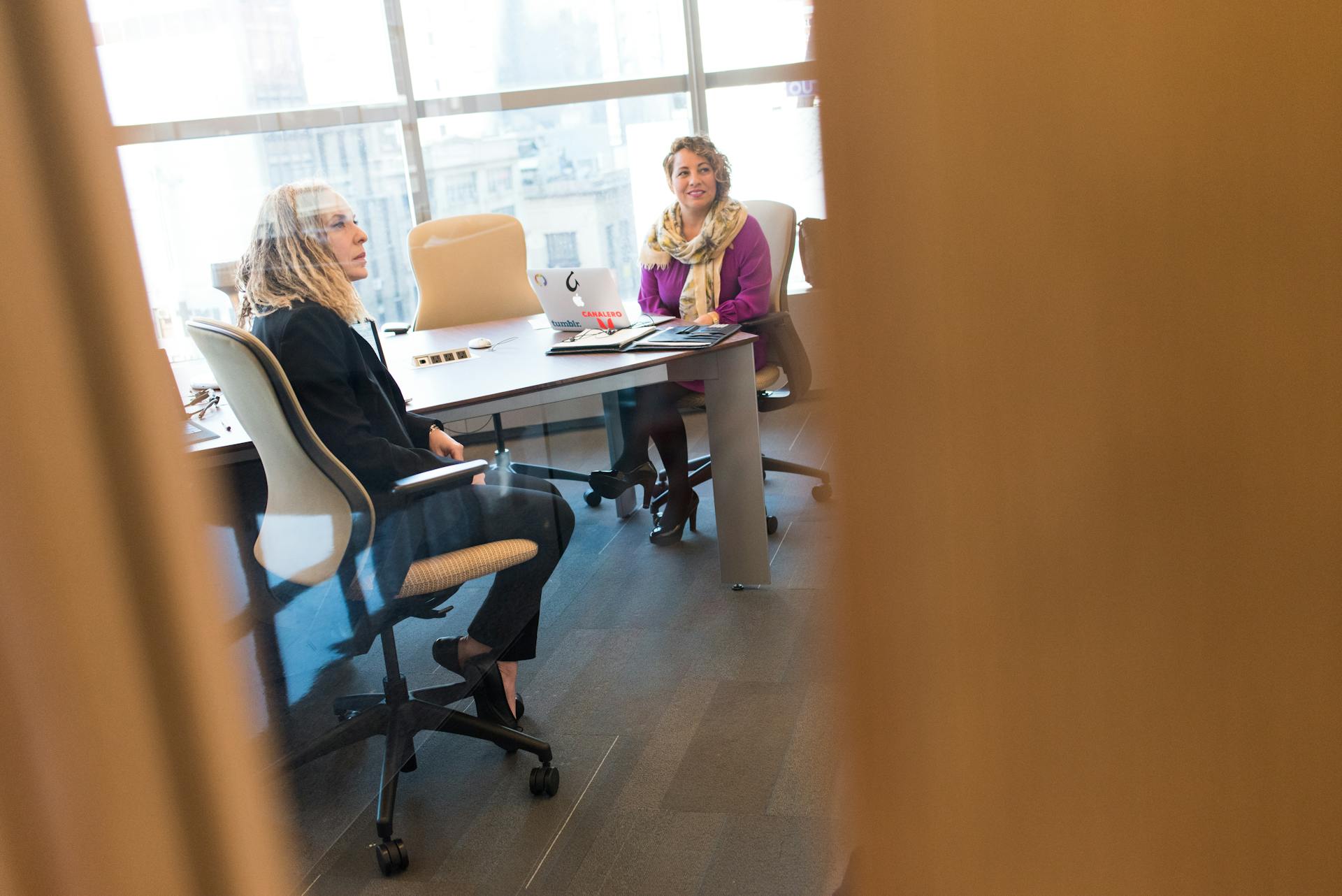
Designing Your Brand Together: How the Review and Feedback Process Works
Apr 08, 2024
At every stage of the design process, we prioritize your feedback. This meticulous review process serves as a cornerstone of our workflow, ensuring the final product not only meets but exceeds your expectations.
It helps catch distracting mistakes and spot issues that take away from the brand.
The review process is also vital in building the relationship between you and our creative team. Effective communication between creatives and clients is an absolute must for reviewing designs and giving constructive feedback that leads to a project’s success.
We’ll show you our methods for streamlining the graphic design and branding review process and empowering clients during projects.
Establishing communication channels that work for everyone
Once a branding or graphic design project begins, we make it a point to use communication channels that work best for you, which can include:
- Project management tools used by your company
- Email correspondence
- Video conference calls
- Asynchronous tools like Loom
- Or a combination of the above
After picking one channel—or a couple—we’ll stick to it so there aren’t any surprises or confusion about which to pay attention to.
Keeping quality standards high throughout the process
Rule number one for any company rebrand, branded campaign, or marketing initiative is to have a clear objective and plan. It serves as the creative brief we work from and what the deliverables are measured on.
As our design team works, we constantly check to ensure it aligns with the creative brief.
What does this mean in reality?
Our graphic designers work under the guidance of an experienced creative director who oversees the entire project to ensure that it fulfills all the requirements established from the beginning.
This creative director functions as the account lead and project manager, keeping an eye out for any potential issues or discrepancies, such as typos and other errors that degrade the quality of the work.
Reviewing creative and giving feedback so you get what you want
It’s almost impossible to contain the excitement of reviewing the first round of creative. This is your chance to see how everything comes together and share your thoughts on enhancing it.
When you receive the design as part of the review process, it will come with a quick recap of any pertinent information related to the creative brief the work was based on.
For more complex projects like website designs or brand redesigns with multiple elements, our team will send over the creative with a pre-recorded Loom walkthrough or schedule a call to discuss it live.
Review timeframe
We understand that some people need more time to form their thoughts, while others can make snap decisions.
To ensure you have enough time to evaluate the design and provide feedback, we will build an appropriate number of days for review in the initial schedule agreed to during the initial project planning.
Giving constructive feedback
As you consider what is or isn’t working in the design, it might not be easy to frame your thoughts so the creative team understands them.
We have some recommendations on offering constructive feedback to help you articulate your ideas effectively and ensure everyone is on the same page.
- Remember the initial creative brief
- Think about the audience who will see it
- Highlight any inaccuracies or inconsistencies
- Express what in the design works toward your strategy and goals
Descriptive feedback, such as “I like [design element], but I’m concerned that [specific issue] might impact its effectiveness,” gives the creative team a clear idea of what your concerns are and how to address them.
Meanwhile, subjective phrases like “It’s not working for me” or “Something feels missing” create ambiguity. Translating those statements into creative direction that solves the issue or gives the team enough detail to deliver an effective design can be challenging.
So, don’t be afraid to share your thoughts or ask questions you’re wondering about why we made certain design choices. We’re happy to discuss them more in-depth.
Making revisions and iterations easier
Since we do a lot of work upfront during discovery to gather information about your business and project goals, we try to make sure that the first review round is as close as possible to the final product.
The benefits of this mean:
- The likelihood of significant revisions decreases, keeping the project on schedule
- Designs are based on the creative brief, so you have a point of reference to assess them
- You can provide feedback that aligns with the initial project goals
Part of guaranteeing we get it right is asking questions when feedback needs clarification and (gently) pushing back when it goes outside the initial brief. This process makes it much easier to edit the design to give you what you’re looking for.
Choosing proactive communication over reactive
When you don’t know what’s going on, worry starts to creep in, making working relationships, let’s say, tense.
And we definitely don’t want this to happen.
To us, transparency means we like to solve problems before they escalate. We provide status updates about your project, and should anything happen that would impact it, we’ll notify you immediately.
But there are times when things come up that affect the timeline. For example, people need longer to review the creative, or the feedback given requires more time on the creative side, extending the revision period. When this happens, we communicate realistic alternatives so you can make an informed choice on how to proceed.
Streamlining the review process
Right from the beginning of every project, our creative team uses crystal-clear and transparent communication, keeping projects in check and you in the know.
We make sure that reviewing your creative and providing feedback is a simple and seamless process for you.
Each iteration undergoes a rigorous internal review process before it reaches your hands. So, when you receive it, you can rest assured that it meets your expectations.



